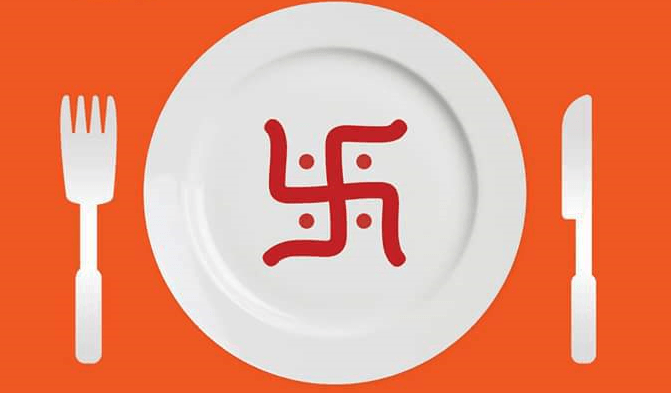
Entering the Mind of the Bigots – Saving India from Casteism and Communalism
Vibhuti Narain Rai’s Hashimpura 22 May is the first-hand investigative account of what happened on a dark night 22 May 1987 when Provincial Armed Constabulary (PAC) killed 45 young Muslims near the canal Makanpur village, on the Delhi-Ghaziabad border. He ends his account citing celebrated Urdu poet Faiz Ahmed Faiz:
harf-e-haq dil mein Khatkata hai jo kaanton ki tarah aaj izhar karne aur khalish mit jaaye
(My right to speak up rankles me, I confess it like a thorn prick and the pain may vanish)
The book is a chilling account of how the communal mindset is created that leads to deaths and violence of the “other” created through the intricate process of cherishing “self”. What is also chilling and shocking is the way a group kills the members of other groups even when the people do not know them personally and individually. The Muslims in India constitute 14 percent of India’s population. It is a significant number of around 160 million people. It is also true that the Indian Muslims are majorly converted from the backward castes as over 80 percent of them claim that they are backward classes in the census surveys.
It is important to understand the mindset of the people who fuel violence and what is at stake for them. No doubt the powerful elites from both the communities benefit from this communal divide and hatred. What proceeded the Hashimpura 22 May was the murder of Prabhat Kumar, the member of RSS, whose brother worked in the Army. Before the massacre of the Hashimpura, it appears that there were several meetings that involved members of the armed forces, bureaucracy, and the members of the communal organisations. It seems that the entire plot was hatched to teach a lesson to the Muslims.
India came into being with the partition of the British India into India and Pakistan. This birth of the nation in violence and internal violence to underline is the important event to understand in the entire context of what is happening in India today. The vilification of the Muslims is important and essential for the members of the upper castes to keep their stronghold over the power. It is shocking to see how various organs of government are brought into play to kill the citizens, but albeit of the different faith as if the people belonging to different faith are the enemies of the nation.
The army in India is under the control of the civil government making it a servant of the people and not the master. But in this particular case, the organ of Army had taken the law in its hand and killed 45 young Muslims reflecting how communalism is entrenched in the institutions in India. The institutions can be brought in the service of the communal organisations is a dangerous trend that continues to haunt India even today. Gujarat pogrom is one such case of state-unleashed violence on its own citizens.
Unless the communal and casteist tensions are resolved, our country cannot be united as one. Hence it is important to understand the mindset of the people who set to kill other without knowing their human-hood. The human mind uses shortcuts to segregate information and the mind of the liberal and conservatives do not differ much from each other, what we need is a middle ground to understand various views, anything conceived and thought in the binary of black and white, Muslims and Hindus, national and anti-national, liberal or conservative will create skewed way of thinking through.
The politics as we know are all about taking sides and mobilising one party against another. It is the basic flaw in the party politics. It must be for and against. It seems it cannot be conceived as politics for all. Even when this is true about the party politics, the nation is governed by certain principles which are inviolable, but the party politics instead of taking them further only tries to portray the issues of certain communities and groups. In Indian social order, the interests are also graded like the graded inequality in India.
The problem arises when the party is riding over existing differences in the society and it happens when the parties benefit from the widening differences than filling up the gaps between the communities. It has happened time and again in this country that the representations to all the communities are not given according to their population. The police powers are important in the internal security and peace in the country.
It is important to have people representing various sections of the population in all the organs of the government. The police have become communal because of the lack of representation from various communities in India. How many SCs, STs, and OBCs are represented in the higher order of the judiciary and bureaucracy? Meagre!!
The case of the Muslims is also very pathetic in the administration. They are not represented in the Government according to their population. At least in the Armed Forces, the members from various communities must be represented. Indian Army does not follow any representational army which will include members of all the communities. Indian history bears witness to the fact that the castes among the Dalits have been martial castes. The Mahar Battalion participated in the Afgan wars till the Kargil war, to name just one martial race. Indian Army as proved by the Hashimpur massacre can turn into a communal force and it can do it if the civilian government is also led by the communal politicians.
Author – Mangesh Dahiwale, Human Rights Activist



+ There are no comments
Add yours